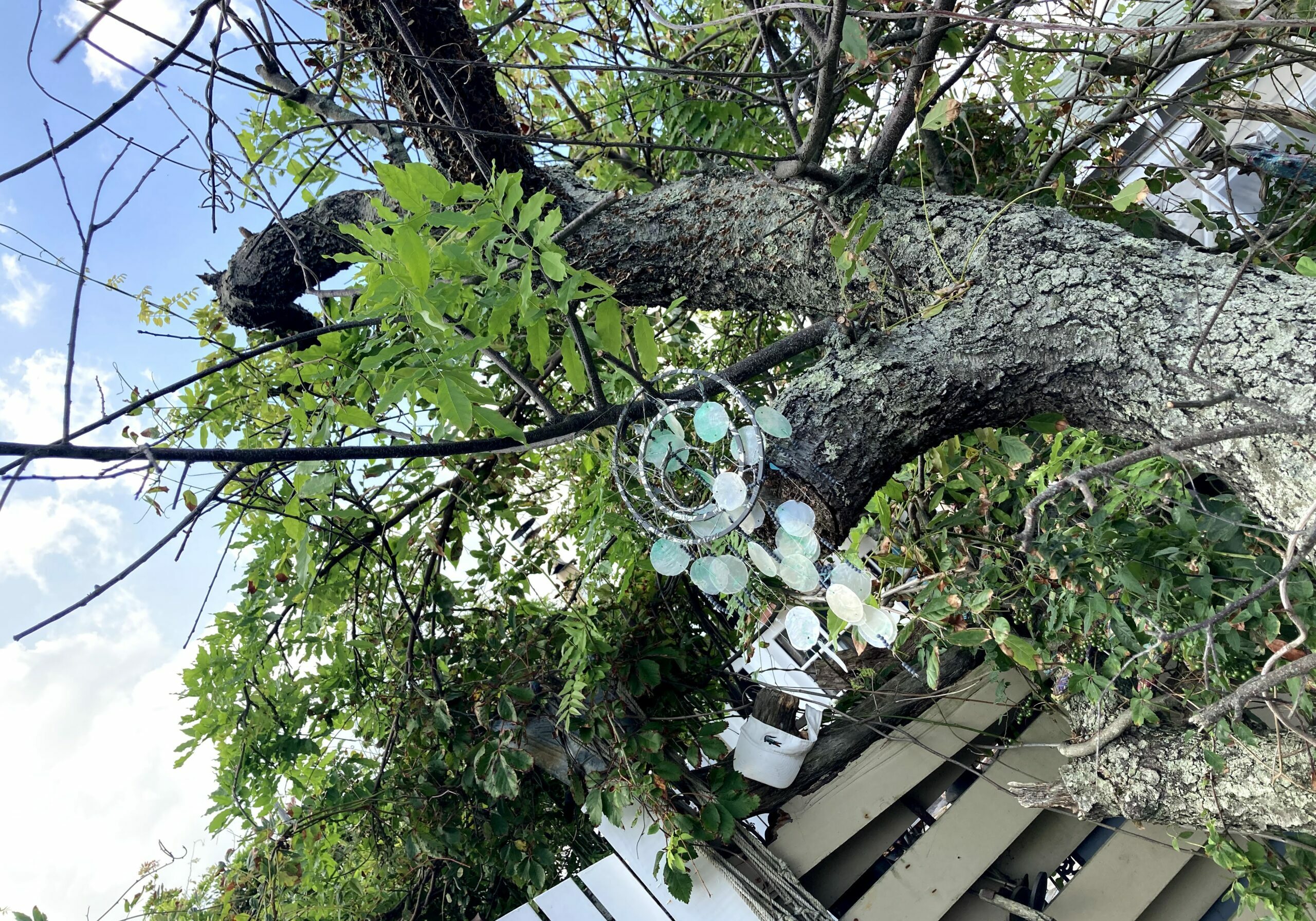October 28, 2021
You’re here for me, I’m here for me

Rubin, the former record executive turned legendary producer and guru, tells his musicians that the audience comes last:
If you’re lowering yourself to making what you think they want, then you’re not reaching what’s highest in yourself.
It’s an inspiring insight, but the question is, how applicable is this strategy? Can we, as artists, reasonably afford to give the audience our best, rather than what they want?
My theory is, it all depends on where we are in our career. Because if we’ve already put in the proverbial ten thousand hours and made a name for ourselves and reached some level of contentment along our artistic journey, then we can probably get away with putting the audience last.
Carlin epitomized this when he would come right out on stage and tell his fans, you’re here for me, I’m here for me, and nobody’s here for you.
And people loved it. They just ate it up. Carlin’s productive selfishness didn’t require explanation.
Keep in mind, though, he was in his fifties at the time. With a huge track record of success behind him. George was in the privileged position where by giving himself what he wanted, he could give the audience a great experience.
Whereas if a new comedian that nobody had ever heard of came along and made that same remark to his audience, he would’ve been booed off the stage, shamed on the internet, and cancelled from the tribe forever.
Meaning, if you’re early in your career, still looking to find your breakout moment, then creating art solely for you might be an uphill battle. Without giving your audience some kind of handle, something they can latch onto because it reminds them of something else, then it might take longer for your work catch on, and you may be tempted to give up early out of frustration or impatience.
My first book was a hundred pages about a guy who wore a nametag every day to make the world a friendlier place. Not exactly a strong value proposition that matched the marketplace need. Despite my stroke of luck going viral with the idea, people still didn’t quite know what to do with it. It was mostly just headline fodder.
Yes, my first book launched my brand because it was something I wanted to do solely for me, but it wasn’t something that other people wanted to consume. Nobody jumps out of bed in the morning thinking to themselves, you know, maybe it’s time buy a book about how to make the world friendlier.
It’s no wonder I had to give away three thousand copies of the damn thing.
My second book, however, was about approachability. How to become a more engaging communicator, one conversation at a time.
That title crushed it. Sold thousands of copies almost immediately. Because it was aligned with what audience wanted, rather than just me jerking myself off.
It was a valuable lesson in the creative process, in terms of the intention with which an artist makes things. Both of those books were invaluable to my business in different ways.
If you’re not sure which approach will get the most traction for you, think about where you sit along your career trajectory.
Timing isn’t everything, it’s the only thing.
Have you earned the right to ignore your audience yet?

